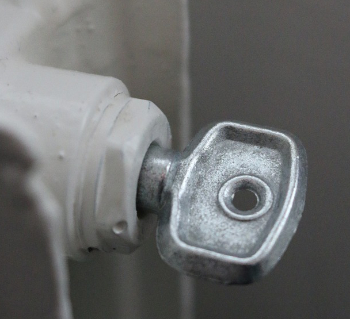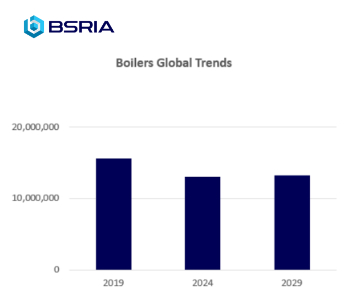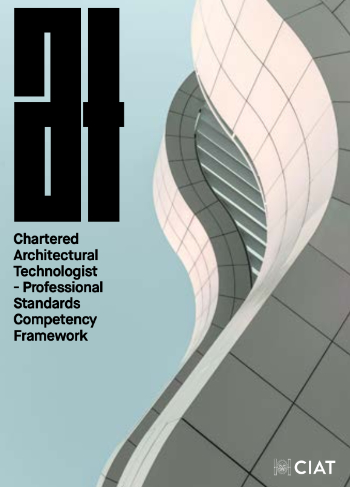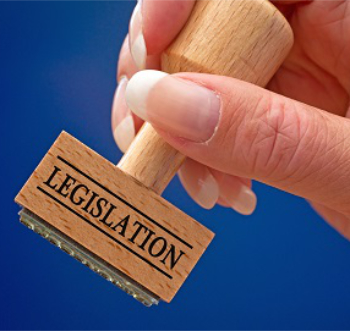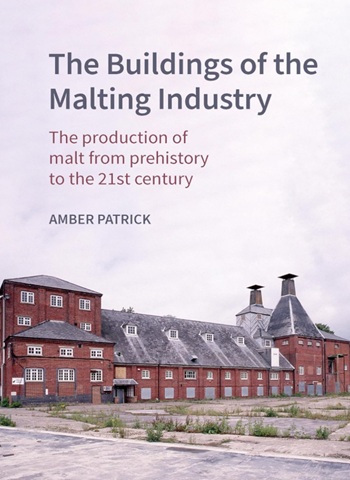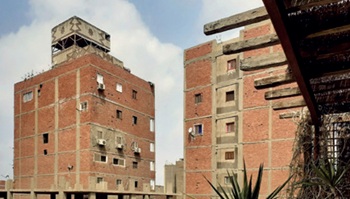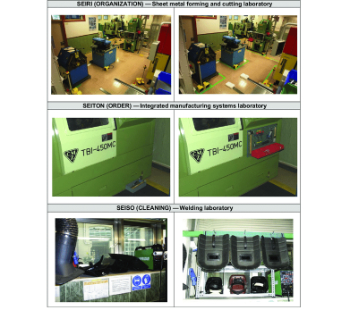Understanding the Differences: ABS vs. PVC Edge Banding
When it comes to edge banding, two of the most popular materials are ABS (Acrylonitrile Butadiene Styrene) and PVC (Polyvinyl Chloride). Both are widely used for covering the exposed edges of furniture, but each has its own unique characteristics. Here's a comparison to help you understand the differences and decide which one suits your project best.
1. Material Composition
- ABS: This is an eco-friendly, non-toxic thermoplastic that is fully recyclable. It's free from halogens, chlorine, and other harmful chemicals.
- PVC: A more common option, PVC is also a thermoplastic, but it contains chlorine. It's known for its affordability and durability but isn't as environmentally friendly as ABS.
- ABS: As a recyclable material with fewer harmful additives, ABS is considered more environmentally friendly. Its production and disposal generate fewer toxic byproducts, making it a better choice for eco-conscious projects.
- PVC: PVC has a greater environmental impact due to the chlorine content and potential release of harmful chemicals during its production and disposal. However, it can still be recycled to some extent.
3. Durability and Performance
- ABS: Known for its resistance to impact and heat, ABS performs well in both residential and commercial environments. It has excellent durability, making it a good option for furniture subject to wear and tear.
- PVC: PVC is highly durable, water-resistant, and chemical-resistant, which makes it a reliable choice for high-moisture environments like kitchens and bathrooms. It’s slightly more flexible than ABS, which can be an advantage in certain applications.
4. Aesthetic Options
- ABS: Available in a wide range of colors and finishes, ABS can mimic the appearance of natural wood or other materials. Its matte or glossy finish adds a premium look to furniture.
- PVC: PVC also comes in a variety of colors and textures, including wood grain patterns. However, the appearance of PVC may not match the high-end look of ABS in some cases.
5. Cost
- ABS: Typically, ABS is more expensive than PVC due to its environmentally friendly properties and higher production costs.
- PVC: PVC is often the more affordable option, making it ideal for budget-conscious projects without sacrificing durability.
6. Application and Workability
- ABS: Easy to work with, ABS edge banding can be applied using standard hot-melt adhesives. It's suitable for both straight and curved edges, offering great flexibility in design.
- PVC: PVC edge banding is also easy to apply, but it’s slightly more flexible, which can be an advantage when working with rounded edges. However, its high chlorine content requires more care during application and disposal.
Conclusion: Which One Should You Choose?
- Choose ABS if you're looking for a more environmentally friendly option with high durability, especially for premium furniture or projects with eco-conscious considerations.
- Choose PVC Edge Banding if you need a cost-effective solution with excellent moisture resistance and flexibility for curved surfaces, especially in kitchens or bathrooms.
Both ABS and PVC offer excellent protection and aesthetics for furniture edges. Your choice will depend on your specific needs, budget, and environmental preferences.
Featured articles and news
Editor's broadbrush view on forms of electrical heating in context.
The pace of heating change; BSRIA market intelligence
Electric Dreams, Boiler Realities.
New President of ECA announced
Ruth Devine MBE becomes the 112th President of the Electrical Contractors Association.
New CIAT Professional Standards Competency Framework
Supercedes the 2019 Professional Standards Framework from 1 May 2025.
Difficult Sites: Architecture Against the Odds
Free exhibition at the RIBA Architecture Gallery until 31 May.
PPN 021: Payment Spot Checks in Public Sub-Contracts
Published following consultation and influence from ECA.
Designing Buildings reaches 20,000 articles
We take a look back at some of the stranger contributions.
Lessons learned from other industries.
The Buildings of the Malting Industry. Book review.
Conserving places with climate resilience in mind.
Combating burnout.
The 5 elements of seiri, seiton, seiso, seiketsu and shitsuke.
Shading for housing, a design guide
A look back at embedding a new culture of shading.
The Architectural Technology Awards
The AT Awards 2025 are open for entries!
ECA Blueprint for Electrification
The 'mosaic of interconnected challenges' and how to deliver the UK’s Transition to Clean Power.
Grenfell Tower Principal Contractor Award notice
Tower repair and maintenance contractor announced as demolition contractor.







